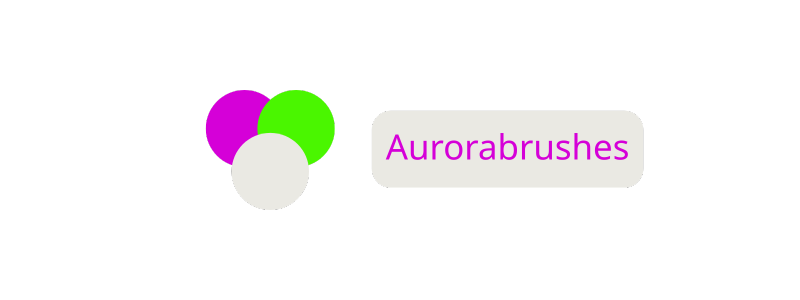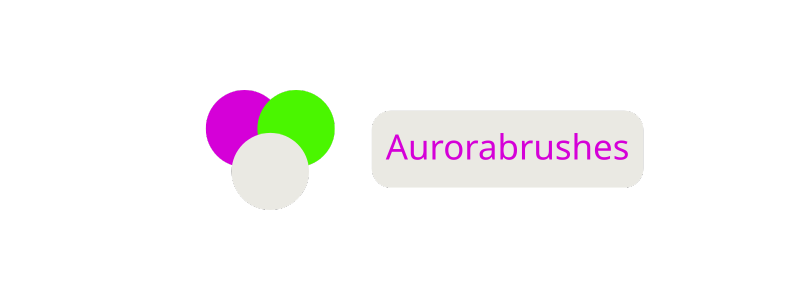Web Development or Web Design: Which Is Better for Beginners? A Complete Guide to Getting Started
When I first thought about diving into tech, I faced a big question: should I start with web development or web design? Both paths are packed with opportunities, but they demand different skills and mindsets. Choosing the right one as a beginner can shape your learning journey and even your future career.
I’ve noticed that web design leans into creativity and visual storytelling, while web development focuses on building the structure and functionality of websites. It’s easy to get overwhelmed by the options, but understanding what each path offers makes the decision clearer. If you’re wondering which is the better starting point, you’re not alone—I’ve been there too.
Understanding Web Development and Web Design
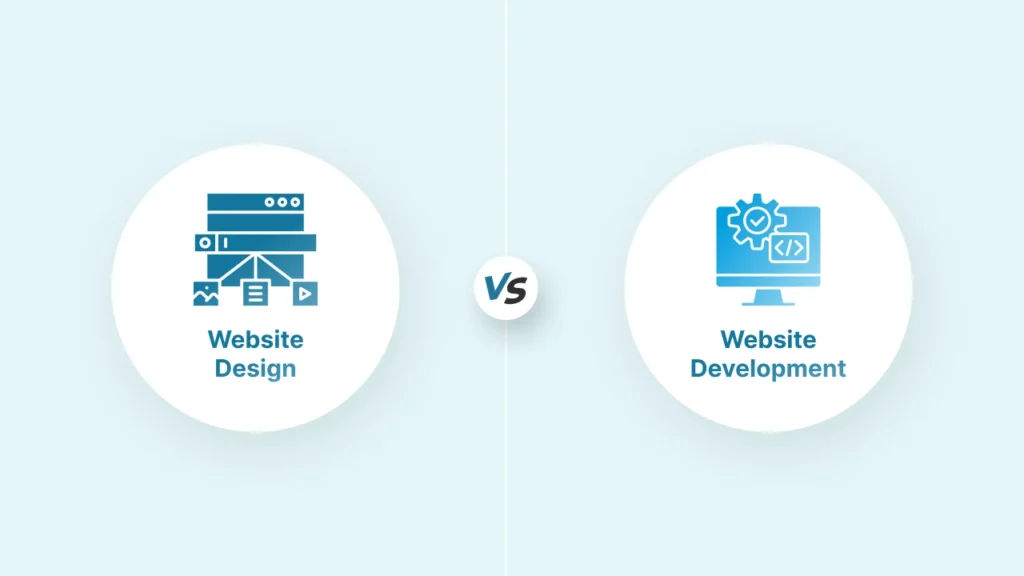
Both web development and web design shape digital experiences, but they address different aspects of building and displaying websites. I distinguish these fields to highlight their unique contributions and help set clear expectations for beginners.
What Is Web Development?
Web development covers building, maintaining, and optimizing website functions. I use coding languages like HTML, CSS, and JavaScript to configure structures, create dynamic features, and ensure stability. Common examples of web development tasks include user login forms, database connections, and e-commerce integration. My workflow often involves frameworks or libraries such as React or Laravel to accelerate results.
Core Web Development Tasks Example Table:
| Task Type | Example | Related Skill |
|---|---|---|
| Front-end Coding | Responsive navigation | HTML, CSS, JS |
| Back-end Logic | User authentication | PHP, Node.js, SQL |
| API Integration | Payment processing | REST, JSON, AJAX |
| Optimization | Fast loading times | Debugging, caching |
What Is Web Design?
Web design consists of shaping a site’s look, usability, and overall aesthetic. I focus on layout, typography, color schemes, and imagery to create visually appealing experiences. Popular design tools I use include Adobe XD and Figma for prototyping mockups. Design principles like balance, contrast, and hierarchy influence every visual choice I make.
Key Web Design Elements Table:
| Design Element | Example | Common Tool |
|---|---|---|
| Color Palette | Blue gradients | Figma, Sketch |
| Typography | Readable sans-serif | Adobe Fonts |
| Layout | Card-style grids | Adobe XD |
| Imagery | Custom icons, photos | Illustrator, Canva |
Both domains support each other, but web development handles structure and function, while web design manages style and user engagement.
Skills Required for Beginners
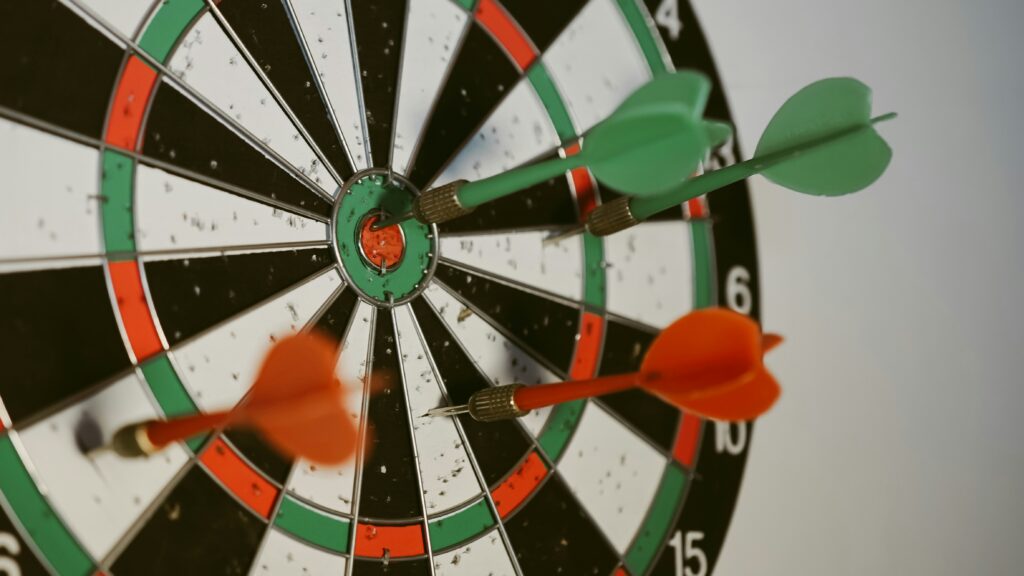
Knowing the core skills for web development and web design lets me map out the most suitable entry point. Each path builds a separate foundation, depending on whether I focus on functionality or visual storytelling.
Technical Skills for Web Development
Navigating web development calls for structured problem-solving and proficiency in specific coding languages. Most beginners start with:
- HTML basics for text structure and semantic markup (e.g.,
<h1>,<div>) - CSS fundamentals for styling elements and responsive layouts (e.g.,
flexbox,media queries) - JavaScript intro for dynamic features (e.g., event listeners, DOM manipulation)
- Version control using Git for code collaboration (e.g.,
git init,git commit) - Basic debugging through browser developer tools to solve errors
- Familiarity with libraries such as jQuery or frameworks like React
| Skill Area | Example Tools/Concepts | Learning Focus |
|---|---|---|
| HTML | Tags, attributes | Page structure, accessibility |
| CSS | Flexbox, selectors | Layouts, styles |
| JavaScript | Functions, events | Interactivity, logic |
| Version Control | Git, GitHub | Collaboration, backups |
| Debugging | Console, inspector | Error resolution |
| Libraries/Frameworks | React, jQuery | Efficiency, scalability |
Creative Skills for Web Design
- Layout composition for effective arrangement using grids or whitespace (e.g., Figma frames)
- Typography skills through choosing and pairing fonts (e.g., Google Fonts, text hierarchies)
- Color theory basics for creating appealing palettes and contrast (e.g., Adobe Color)
- Visual hierarchy by applying size, color, and alignment to guide users
- Prototyping tools like Adobe XD or Figma for mockups and interactive demos
- Basic image editing using Photoshop or Canva to optimize icons and graphics
| Skill Area | Example Tools/Concepts | Learning Focus |
|---|---|---|
| Layout | Figma, Adobe XD | Structure, spacing |
| Typography | Google Fonts, kerning | Readability, aesthetics |
| Color Theory | Hex codes, swatches | Palette balance, branding |
| Visual Hierarchy | Scale, alignment | Usability, guidance |
| Prototyping | Artboards, links | Interaction, flow |
| Image Editing | Photoshop, Canva | Quality, optimization |
Career Opportunities and Growth Potential
Exploring career opportunities in web development and web design, I notice substantial demand for both skillsets across industries. Growth potential connects directly to skill mastery, adaptability, and specialization.
Job Roles in Web Development
Web development offers varied career paths anchored in programming and technical proficiency. Entry-level roles, such as Junior Web Developer, focus on coding website components with HTML, CSS, and JavaScript. As experience increases, developers often move into Front-End Developer or Back-End Developer positions, building complex site interactions and managing databases using frameworks like React or Node.js. Full-Stack Developers handle both client and server aspects, increasing versatility. Technical leads and Architects guide teams and strategy on larger projects. Freelance and consulting opportunities add flexibility.
| Job Title | Example Technologies | Core Skills | Median US Salary (2024) |
|---|---|---|---|
| Junior Web Developer | HTML, CSS, JS | Coding, Git, Testing | $63,000 |
| Front-End Developer | React, Vue, SASS | UI coding, Responsive design | $81,000 |
| Back-End Developer | Node.js, PHP, SQL | APIs, DB management | $86,000 |
| Full-Stack Developer | MERN, LAMP | End-to-end dev, Scaling | $95,000 |
| Technical Lead/Architect | AWS, Docker, Microservices | System design, Leadership | $120,000 |
Job Roles in Web Design
Web design careers blend visual creativity with an understanding of user experience. Junior Web Designers start by creating mockups and layouts using tools like Figma or Adobe XD. With experience, roles such as UI Designer or UX Designer involve prototyping interactive elements, conducting user research, and testing usability. Visual Designers enhance branding, while Art Directors and Creative Leads manage project vision and design teams. Freelance options expand reach to agencies and startups.
| Job Title | Example Tools | Core Skills | Median US Salary (2024) |
|---|---|---|---|
| Junior Web Designer | Figma, Adobe XD | Layouts, Typography, Color | $53,000 |
| UI Designer | Sketch, Zeplin | Interface design, Branding | $72,000 |
| UX Designer | InVision, Axure | Wireframing, User research | $85,000 |
| Visual Designer | Illustrator, Photoshop | Graphics, Iconography | $70,000 |
| Art Director/Lead | Suite, Custom Prototyping | Team direction, Concept dev | $104,000 |
Growth in both fields comes from continuous learning, portfolio development, and specialization. Competitive salaries, freelance opportunities, and increasing workplace flexibility mark both career trajectories as strong choices for beginners.
Learning Curve and Accessibility for Beginners
Beginners often compare web development and web design by how quickly they can begin learning and creating. The entry requirements and tools for each path differ, affecting how accessible each option is for first-timers.
How Easy Is It to Start with Web Development?
Learning web development offers direct access through free online resources and low hardware requirements. I find that anyone with a computer and internet access can start coding simple web pages using HTML and CSS in a browser or a text editor like VS Code.
Common web development first steps include:
- HTML: Building text structure for web pages, for example creating titles and paragraphs.
- CSS: Applying basic styling, such as backgrounds and colors.
- JavaScript: Creating simple interactions, like buttons or alerts.
- Code Editors: Using tools like Visual Studio Code for writing code.
- Online Courses: Learning through platforms like freeCodeCamp or Codecademy.
I see a progression as beginners move from static pages to interactive content and, finally, to managing site data with back-end languages. Free tutorials, open-source tools, and instant feedback from browsers keep the early learning process hands-on and incremental.
How Easy Is It to Start with Web Design?
Starting web design is accessible for those interested in aesthetics and usability rather than coding. Entry points include free tools, unlimited online references, and widely available templates.
Key beginner web design activities involve:
- Wireframing: Sketching site layouts in Figma or Adobe XD.
- Color and Typography: Experimenting with color palettes and Google Fonts.
- Templates: Customizing free design assets or starter layouts.
- Image Editing: Using Canva or Photopea for simple graphics.
Web design doesn’t require programming knowledge at the outset. I watch beginners efficiently prototype web pages and visuals using drag-and-drop features in design tools. Tutorials, template libraries, and community examples let users focus on visual storytelling first.
Comparison Table: Web Development vs Web Design – Beginner Accessibility
| Criteria | Web Development | Web Design |
|---|---|---|
| Required Skills | Basic coding (HTML, CSS) | Visual/creative skills |
| Key Tools | VS Code, browser | Figma, Adobe XD, Canva |
| Cost to Start | Free (open-source tools) | Free/premium (templates/tools) |
| Online Resources | Abundant (courses, forums) | Abundant (tutorials, guides) |
| Time to First Result | Fast (can build in 1-2 hours) | Fast (can design in 1-2 hours) |
| Barrier to Entry | Low | Very low |
Both web development and web design present clear entry points for beginners, with immediate, tangible results as confidence grows.
Choosing Based on Personal Interests and Goals
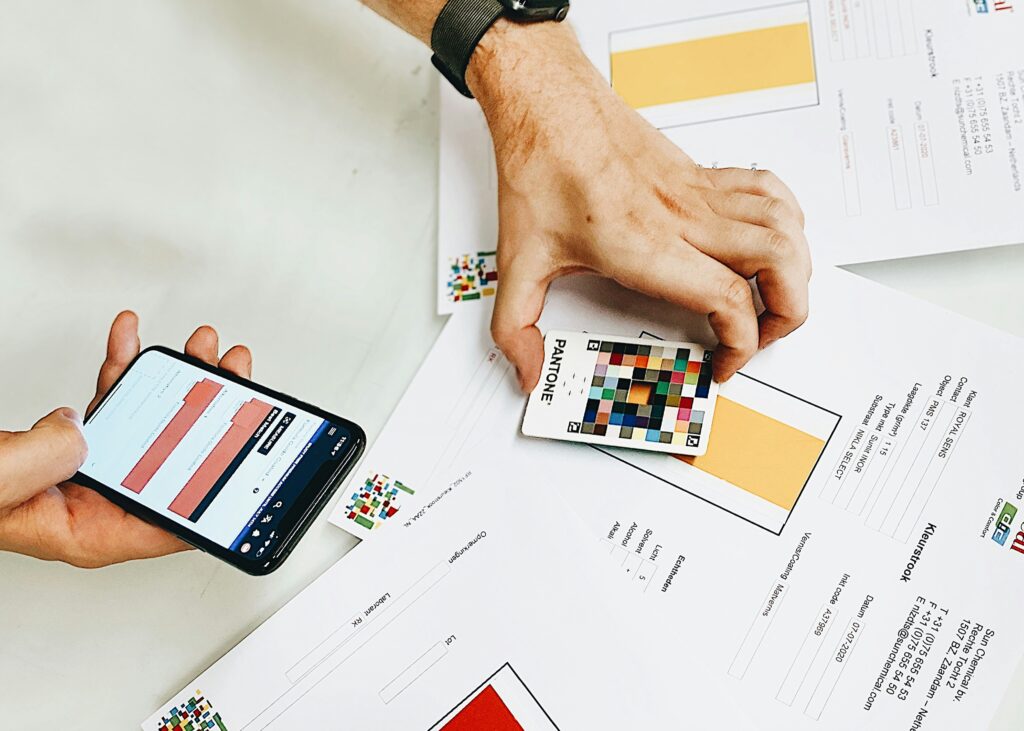
Personal interests and long-term goals often shape whether web development or web design feels more rewarding for beginners. By matching individual strengths and passions with each path, I can make a more informed decision.
Which Path Suits Creative Thinkers?
Web design favors creative thinkers who value visual details and storytelling. I focus on aesthetics, composition, and how users experience each part of a page. Projects often include mood boards, UI mockups, and branding elements for client portfolios or digital agencies. My work centers on creating intuitive navigation and visually appealing layouts.
| Key Factors for Creative Thinkers | Web Design Context |
|---|---|
| Visual ideation | Mood boards, wireframes, prototypes |
| Tool proficiency | Figma, Adobe XD, Sketch |
| Project examples | Landing pages, portfolios, e-magazines |
| Transferable skills | Branding, layout, user flow |
Which Path Suits Problem Solvers and Coders?
Web development attracts problem solvers who enjoy coding logic and functional structures. I build, test, and improve dynamic site features, from user authentication to real-time data updates. Technical projects include interactive casino games, e-commerce backends, and secure payment systems.
| Key Factors for Problem Solvers | Web Development Context |
|---|---|
| Analytical skillset | Debugging, logic building |
| Core technologies | HTML, CSS, JavaScript, React |
| Project examples | Casino apps, user dashboards, APIs |
| Transferable skills | Efficiency, algorithm design |
Web Development or Web Design: Which Is Better for Beginners?
Determining which path suits a beginner depends on individual learning style, strengths, and objectives. Web development offers a direct start for those comfortable with logic and structure. I get to see results quickly by writing basic HTML for content structure and CSS for simple layouts, often within the first hour. JavaScript introduces interactive elements, strengthening problem-solving skills. On the other hand, web design favors those drawn to visuals, layout, and creative expression. I work with color palettes, typography, and prototyping from the outset, building interfaces with tools like Figma before delving into code.
Comparison Table: Web Development vs Web Design for Beginners
| Factor | Web Development | Web Design |
|---|---|---|
| Main Focus | Logic, structure, interactivity (HTML, CSS, JS) | Visuals, layout, user experience |
| Entry Barriers | Basic computer, internet, free resources | Basic computer, free/proprietary tools |
| Associated Tools | VS Code, GitHub, CodePen | Figma, Adobe XD, Canva |
| Starter Project Example | To-do list app, portfolio site | Landing page mockup, UI kit |
| Skills Developed | Coding, debugging, version control | Color theory, layout, wireframing |
| First Tangible Result | Working webpage with code | Interface design or high-fidelity mockup |
| Learning Material Avail. | Extensive, interactive, structured tutorials | Extensive, templates, design courses |
| Accessibility | High (no art background needed) | High (no coding required initially) |
| Time to First Result | <1 hour for simple web page | <1 hour for basic layout or mockup |
Suitability Matrix
| Beginner Type | Matches Better With | Example Approach |
|---|---|---|
| Logical Thinkers | Web Development | Build calculator, quiz app |
| Visual Creators | Web Design | Design posters, UI layouts |
| Problem Solvers | Web Development | Tackle algorithms, workflows |
| Storytellers | Web Design | Create mood boards, mockups |
Web development aligns with analytical learners, while web design fits those with a creative mindset. Both offer accessible entry points and rapid feedback, with career opportunities expanding as skills increase. If I prioritize visual storytelling over problem solving, I find web design a better entry; if I prefer coding and technical challenges, web development is more aligned. Beginners often transition between both fields as foundational skills in one benefit the other, especially on collaborative projects.
Conclusion
Choosing between web development and web design isn’t about picking the “better” path—it’s about finding what excites you most. Both fields welcome beginners with plenty of resources and clear starting points.
I’ve found that the best way forward is to try out small projects in each area. This hands-on approach helps you discover where your strengths and interests truly lie.
No matter which direction you take, both web development and web design offer rewarding opportunities and room for growth as you build your skills.
Frequently Asked Questions
What is the main difference between web development and web design?
Web development focuses on building and maintaining the technical structure and functionality of websites using code. Web design concentrates on the visual appearance, layout, and user experience. Developers use programming languages, while designers use creative tools to craft a site’s look and feel.
Do I need coding skills to start in web design?
No, you do not need coding skills to begin learning web design. Web design is more about visual creativity, layout, color, and user experience. Many designers start by using tools like Adobe XD or Figma without any coding background.
What programming languages should a beginner web developer learn first?
Beginners should start with HTML for website structure, CSS for styling, and JavaScript for dynamic features. These are the foundational languages for front-end web development and are essential for creating interactive and visually appealing websites.
Which career has better earning potential—web development or web design?
Both fields offer strong earning potential. Web developers typically have a salary range from $63,000 to $120,000, while web designers usually earn between $53,000 and $104,000. Salaries depend on experience, specialization, and role.
Is it easier to get started in web development or web design?
Both are accessible to beginners, but web development may offer a quicker start through free online tutorials and coding resources. Web design can also be easily started with online tools and requires no coding experience; your choice depends on your interests.
What tools do web developers and web designers commonly use?
Web developers use code editors like Visual Studio Code and version control tools like Git. Web designers often use design and prototyping tools like Adobe XD, Figma, or Sketch to create layouts and user interfaces before development.
Can I switch from web development to web design (or vice versa) later?
Yes, many skills such as understanding user experience or basic coding are transferable between fields. It’s common for professionals to move between web development and design as their interests evolve and they gain new abilities.
What are typical entry-level job titles in each field?
Common entry-level roles in web development include Junior Web Developer and Front-End Developer. In web design, typical roles are Junior Web Designer and UI Designer. Each field offers clear advancement paths as your skills grow.
What kind of projects can beginners expect to work on?
Beginner web developers often start by creating simple static websites or interactive features like forms. Beginner web designers might create mood boards, wireframes, website mockups, or customize pre-made templates to learn layout and style basics.
How do I decide which path is right for me?
Reflect on your personal interests and strengths. If you enjoy coding and logic, web development may suit you best. If you love creativity, visuals, and user experiences, web design might be the right path. Both offer rewarding careers and growth.
